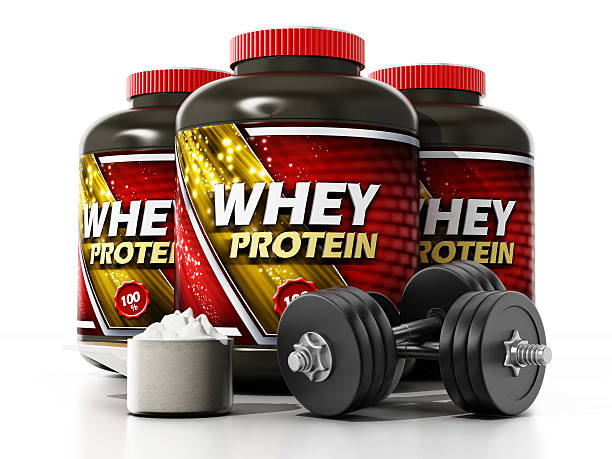Nowadays all are becoming more and more health conscious. The market size of whey protein was estimated at 9.4 billion in 2020. This protein’s global boom in demand and business is enough to tell how much importance it has gained over time.
We all have heard about whey protein and its uses by all the fitness enthusiasts out there. But not many of us know how this protein is manufactured, its benefits, and other crucial details.
In this post, you will be about all these things. So, buckle down, and let’s get started without further delay.
What is Whey Protein?
Whey protein is a dairy product made from milk protein. Whey protein contains a wide variety of necessary amino acids easily absorbed. Overall, it’s a high-protein powder rich in amino acids, particularly leucine, which aids in protein synthesis and muscle building.
It has been mentioned in numerous studies that it helps you acquire strength muscle mass and shed large quantities of body fat. Hence, it is usually consumed by people who want to gain muscle mass or body weight.
How To Consume Protein Whey Powders?
Protein whey powders can be consumed in a variety of ways. Whey protein powder can be mixed with various foods, such as yogurt, cereal, and dips.
You may also prepare a smoothie by blending it with other ingredients like fruits and vegetables or by using milk or water. The first option is the easiest.
However, these powders should be consumed in moderation. They should not be used to replace healthy protein sources in your diet. It’s because high-protein diets also include extra nutrients like fiber, vitamins, and minerals, which are suitable for the body.
How is Whey Protein Made?
Whey protein is prepared from cow’s milk, which naturally contains two forms of protein, casein and whey, in proportions of 80 percent and 20 percent, respectively.
The cheese-making industry produces whey protein powder as a by-product.
The milk is heated or pasteurized throughout the cheese-making process to kill microorganisms. As a result, the milk separates into solid and liquid as the temperature rises. The solid particles are gathered and turned into cheese, and the liquid portion comprises whey, lipids, and carbohydrates.
However, it’s important to remember that whey is mostly water in its liquid condition, along with some protein, fat, carbs, and lactose. Whey is subsequently processed into protein powder.
List of Benefits.
When you know about whey protein, it is time to discuss its compelling benefits.
As this high-quality protein contains all of the essential amino acids, it helps you meet your body’s requirements.
Muscle mass tends to decrease with time, but you won’t have to worry about muscle mass loss much if you add whey to your diet.
Whey proteins can help with high blood pressure. It contains Lactokinins, which are bioactive peptides responsible for this.
Summing Up.
Whey protein is a fantastic alternative for meeting our daily protein requirements. It has proven beneficial, and you can benefit from it by incorporating it into your diet.
Now that you know everything about whey protein, we hope you answer all your questions.















